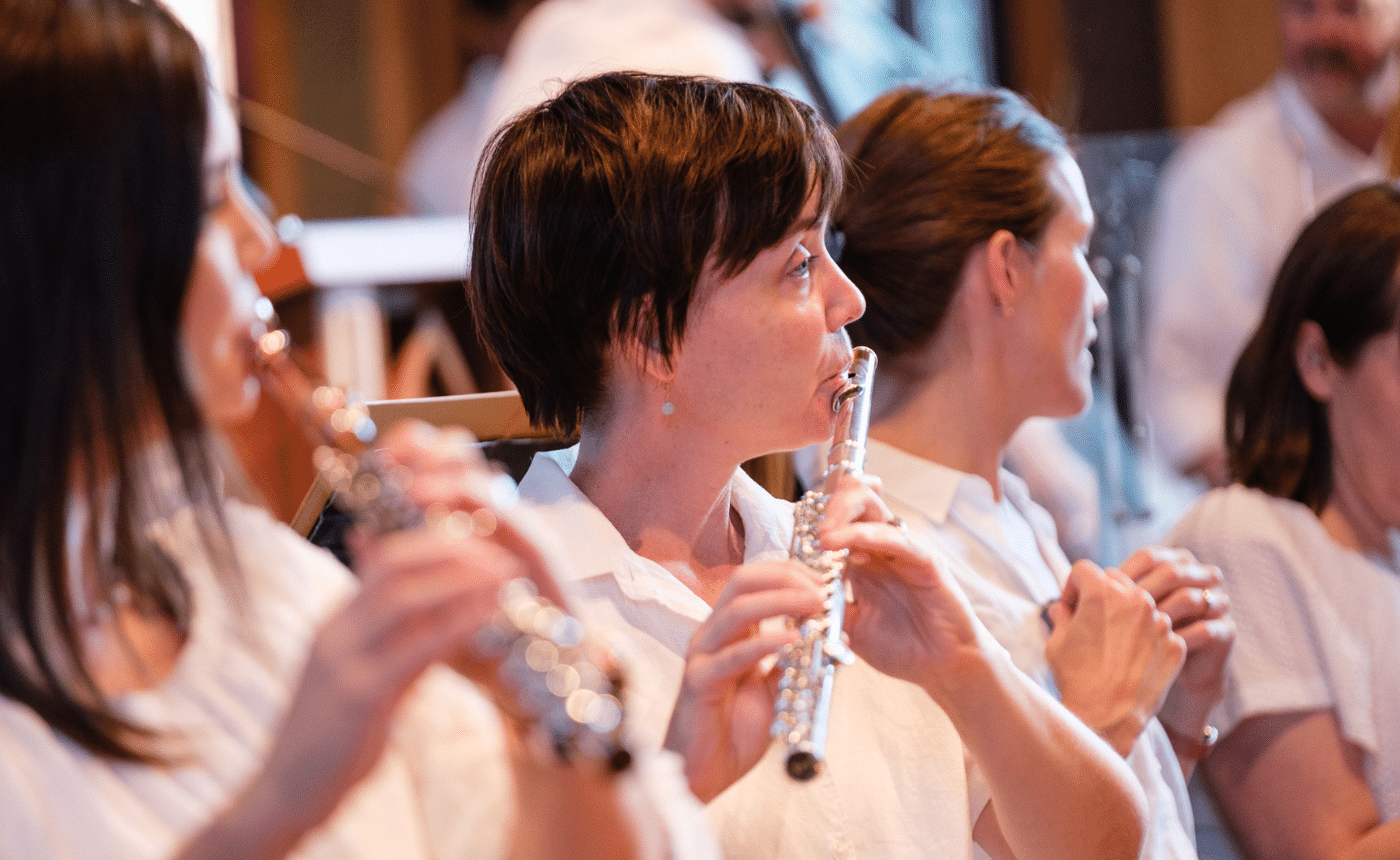Haydn – Symphony No. 3 in G Major
By Jeff Counts
Instrumentation: 2 oboes, bassoon, 2 horns, continue, strings.
Duration: 16 minutes in four movements.
THE COMPOSER – FRANZ JOSEPH HAYDN (1732-1809) – It was just prior to his 30-year service to the Esterházy family that Haydn began his epic courtship of the symphony form. From around 1758 he was employed by Count von Morzin of Bohemia and though it was to be rather short appointment (in 1761 Haydn would move on to the vice-Kapellmeistership at Eisenstadt), the Morzin period did yield the first 5 of Haydn’s staggering 104 symphonies.
THE MUSIC – The “Classical” symphony would eventually settle, thanks largely to Haydn and Mozart, into the four-movement standard we now associate with the core history of the genre and the precocious Symphony No. 3 was one of the earliest examples of that trend. While true that Haydn’s most celebrated achievements as a symphonist began during his Esterházy days (starting with No. 6), it would be wrong to relegate his first efforts to history’s dustier shelves. His earliest symphonies are notable for their ready mastery of several pre-existing ideas like the dynamic contrasts and shifting instrumental combinations that grew from the “Italian” overture model of the early 18th century. But they also contain hallmarks of his singular contributions to the art form. From the start, Haydn displays the signature wit and creative spark that made his later works so instantly recognizable and legacy-worthy. Symphony No. 3 is actually quite “modern” in comparison to the two that preceded it. In addition to the four-movement innovation, the music is highly contrapuntal throughout and employs wide leaps, canons and fugues. Especially notable is the finale. Though clocking in at just under two minutes, this little dynamo packs all of the punch we might typically expect from a Mozart opera overture. Prince Esterházy certainly saw something important in the young composer’s Morzin-period symphonies, important enough that he offered Haydn the most significant job of his life in 1761.
THE WORLD – King George II of Britain died in 1760, as did the Burmese King Alaungpaya. Also that year, Belgian inventor Jean-Joseph Merlin invented the first practical pair of roller skates but injures himself while demonstrating them.
THE CONNECTION – Though they regularly perform Haydn Symphonies on the Masterworks Series, these concerts represent the Utah Symphony premiere of No. 3.












